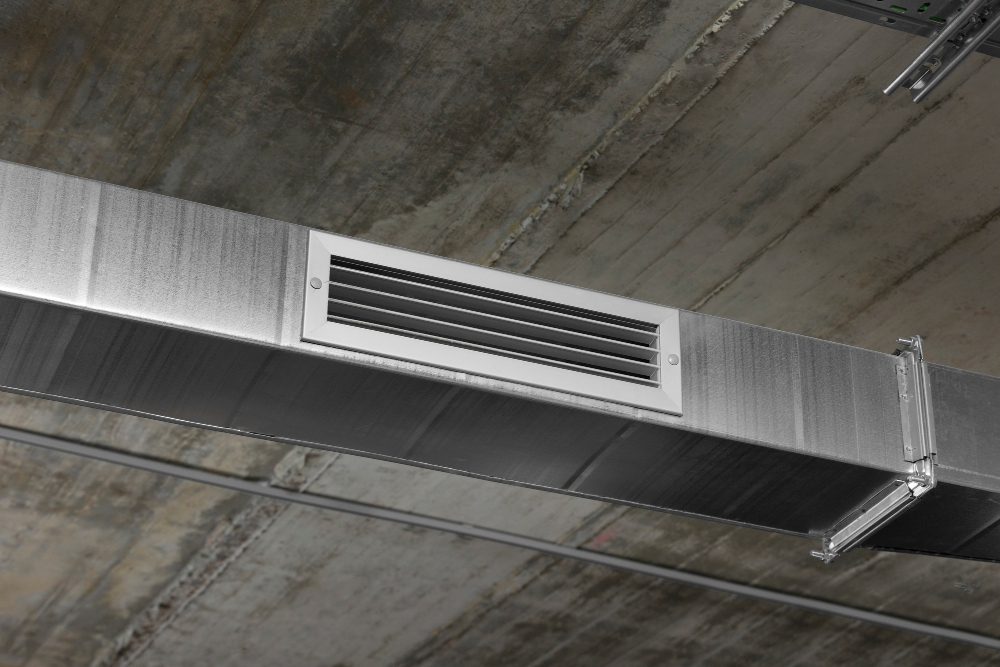Tarmac driveways are a popular and practical choice for many homeowners in the UK. They’re cost-effective, quick to install, and built to last. But while tarmac offers great value, the final price can vary depending on a number of factors.
If you’re thinking about upgrading your driveway, it helps to understand what influences the overall cost. That way, you can plan your budget more accurately and avoid unexpected surprises.
Size and Shape of the Area
Larger Driveways Mean Higher Costs
It’s no surprise that the size of your driveway has a direct impact on cost. A bigger surface area will require more materials and more labour. While cost per square metre might reduce slightly on larger projects due to economies of scale, the total spend will still be higher overall.
Complex Shapes Add Labour
A basic rectangular or square driveway is simpler and quicker to complete. If your driveway design includes curves, multiple angles, or split levels, the added complexity can increase labour time and cost.
Site Preparation Needs
Condition of the Ground
If your site has an existing driveway in poor condition, it may need to be dug up and removed. This extra preparation will increase both time and cost. Similarly, if the ground is soft or uneven, groundwork may be necessary to build a stable base.
Drainage Installation
Tarmac is not permeable, so good drainage is essential. If your current setup doesn’t manage surface water properly, new drainage systems such as soakaways or channel drains may be needed. These additions will affect the final price.
Type of Tarmac Used
There are different grades and types of tarmac available, such as open-textured and close-textured varieties. Some are better suited for light domestic use, while others are more durable for heavier vehicles.
Higher-quality tarmac with better binding agents and finer aggregates may cost more but offer better performance and a longer lifespan. Your installer will usually recommend the most suitable option based on your needs.
Access to the Property
Ease of Machinery Access
Driveway installations require machinery for excavation, material delivery, and compaction. If your property is difficult to access, extra effort may be needed to transport materials and equipment. This can add to both labour and hire costs.
Obstacles and Restrictions
Overhead cables, trees, or narrow lanes can create challenges during installation. Any barriers to smooth operation may slow the process and require special equipment or techniques, leading to additional charges.
Labour and Installation Costs
Experience and Reputation of the Installer
While it may be tempting to go for the cheapest quote, it’s wise to choose a professional team with experience in surfacing. Quality workmanship matters. Reputable contractors might charge a bit more, but the results are more reliable and longer lasting.
Time of Year
Driveway work is more common during spring and summer when conditions are ideal. During peak times, contractors may be busier and prices may be slightly higher. Booking in advance or scheduling your project in quieter months could help manage costs.
Edging and Finishing Touches
Tarmac on its own offers a clean and simple finish, but many homeowners choose to add edging or borders for a more polished look. Brick or stone edging adds aesthetic appeal but also increases material and labour costs.
If you’re planning a more decorative finish, factor this into your budget early on.
Location of the Project
Prices can vary by region due to different labour rates, material availability, and transport costs. For example, tarmac driveways in city centres may be more expensive than rural locations due to higher demand or access restrictions.
In tarmac driveways in Bournemouth and surrounding areas, competitive pricing is often available thanks to local contractors familiar with the region’s needs.
Base Layers and Sub-Base Requirements
The strength and stability of your driveway rely on what lies beneath the surface. A well-compacted sub-base made from crushed stone or hardcore is vital.
Depending on your soil conditions and expected vehicle load, the sub-base might need to be deeper or reinforced, which increases material and labour costs. Cutting corners here could lead to future problems such as cracking or sinking.
Waste Removal and Site Clearance
If there’s existing concrete, paving, or vegetation to be cleared, you’ll need to factor in waste removal. Skip hire, tipping fees, and site clearing can add up, particularly for large or heavily overgrown areas.
Discuss these details with your contractor before the work begins so you’re not caught off guard by additional expenses.
Optional Extras
Seal Coating
Applying a seal coat helps protect the tarmac from UV damage, oil stains, and water ingress. While optional, it extends the life of the surface and improves its appearance. This treatment is an added cost but often worthwhile in the long run.
Driveway Gates or Lighting
If you’re upgrading your driveway, you might also consider adding security gates, lighting, or decorative features. While these aren’t included in the core surfacing cost, they contribute to the overall budget and should be planned accordingly.
Get an Accurate Quote
Every driveway is different, so it’s essential to get a site visit and a detailed written quote from a trusted installer. Be wary of very cheap quotes that skip important steps like proper base work or drainage. A low upfront cost may lead to costly repairs down the line.
Final Thoughts
A tarmac driveway is a smart investment for homeowners who want durability, low maintenance, and quick installation. But to budget accurately, you need to consider more than just the square metre price.
From site preparation and drainage to edging and regional labour rates, many factors shape the final cost. The best way to make sure your investment pays off is to choose experienced professionals who understand your site and your goals.
By understanding the cost drivers, you’ll be better prepared to plan, budget, and enjoy a reliable, attractive driveway that performs well for years to come.




